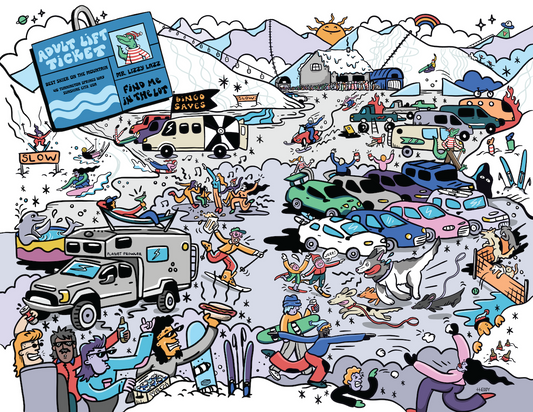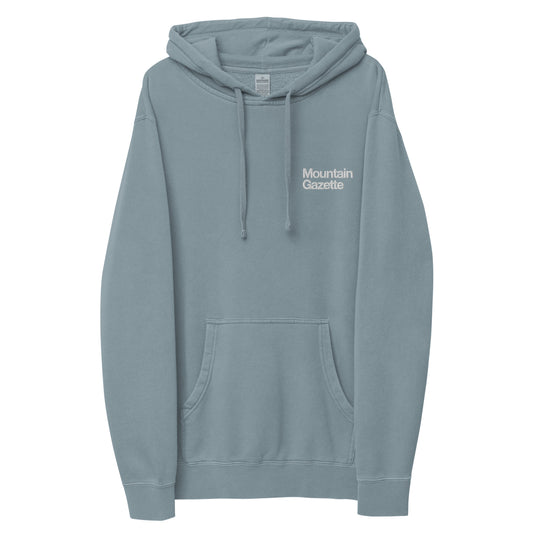By Hannah Truby
Earlier this month, I got to see an early release of “Trilogy: New Wave”, one of the year’s most anticipated surf films.
Full disclosure: I have surfed, but I am not a surfer, and my experience with surf films is limited to “Surf’s Up” and “Chasing Mavericks”. But something about “New Wave” left an impression on me. A follow-up to the 2007 "Trilogy" legacy, “Trilogy: New Wave” is not your typical surf film, and that’s exactly what director Andrew Mackenzie intended.
What surprised me most during our call wasn’t Mackenzie's passion for surfing (that’s a given) but for storytelling. Much like myself, Mackenzie has journalistic roots, and it was clear that he approached “New Wave” - his directorial debut for a feature film - as a chance to bring narrative back into sports films.
“New Wave” isn’t just a series of epic surf shots in tropical locales set to a rad soundtrack—I mean, it is, but at its core are the stories of three of the sport’s best, Griffin Colapinto, Ethan Ewing, and Seth Moniz.
“It’s not that often that an endemic brand like Billabong has that much talent on a surf roster at the same time” Mackenzie said. "With a group like these guys, they’re really just amazing human beings, and I wanted to go beyond the talent, and build these characters as people. I wanted to give them space to be honest and comfortable in presenting themselves.”

“My mom's never touched a surfboard, and I wanted to create something that was just as palatable and viewable and engaging for someone like her as it was for a core surfer,” Mackenzie said. “That’s why storytelling is so powerful.”
But, its storyline and endearing protagonists aren't the only thing that captivated my attention. It would be unfair (and just plain, bad journalism) to not highlight the film’s explosive surf shots, and it would be a discredit to Mackenzie's “pioneering” use of cinematography technology.
The Aether Films crew deployed up to six cameras for every scene, Mackenzie tells me, each positioned at different angles. They also recruited pilots from the Drone Racing League to capture tighter angles and closer shots, bringing a fresh, modern perspective to surfing.



"I wanted to bring the kind of stuff the Michael Bays and the James Gunns of the world use to the sport that I love,” Mackenzie recounted. “Technology has come a long way, and you get to do so much more as a filmmaker.”
Even for the non-surfer, Trilogy: New Wave is undeniably cool; it’s a testament to the power of storytelling, and to journalism, too. Mackenzie’s approach, in my opinion, is journalistic in nature, and it is the job of the journalist to find the story in any given place (in this case, being the often story-less genre of sport films) and make it a palatable experience that leaves something for the audience to take away.
After a summer of touring, “Trilogy: New Wave” is now available to stream across digital platforms. Want to catch it on the big screen? You still can. Visit AetherFilms.com for upcoming screenings.
All images above courtesy Quinn Matthews.














